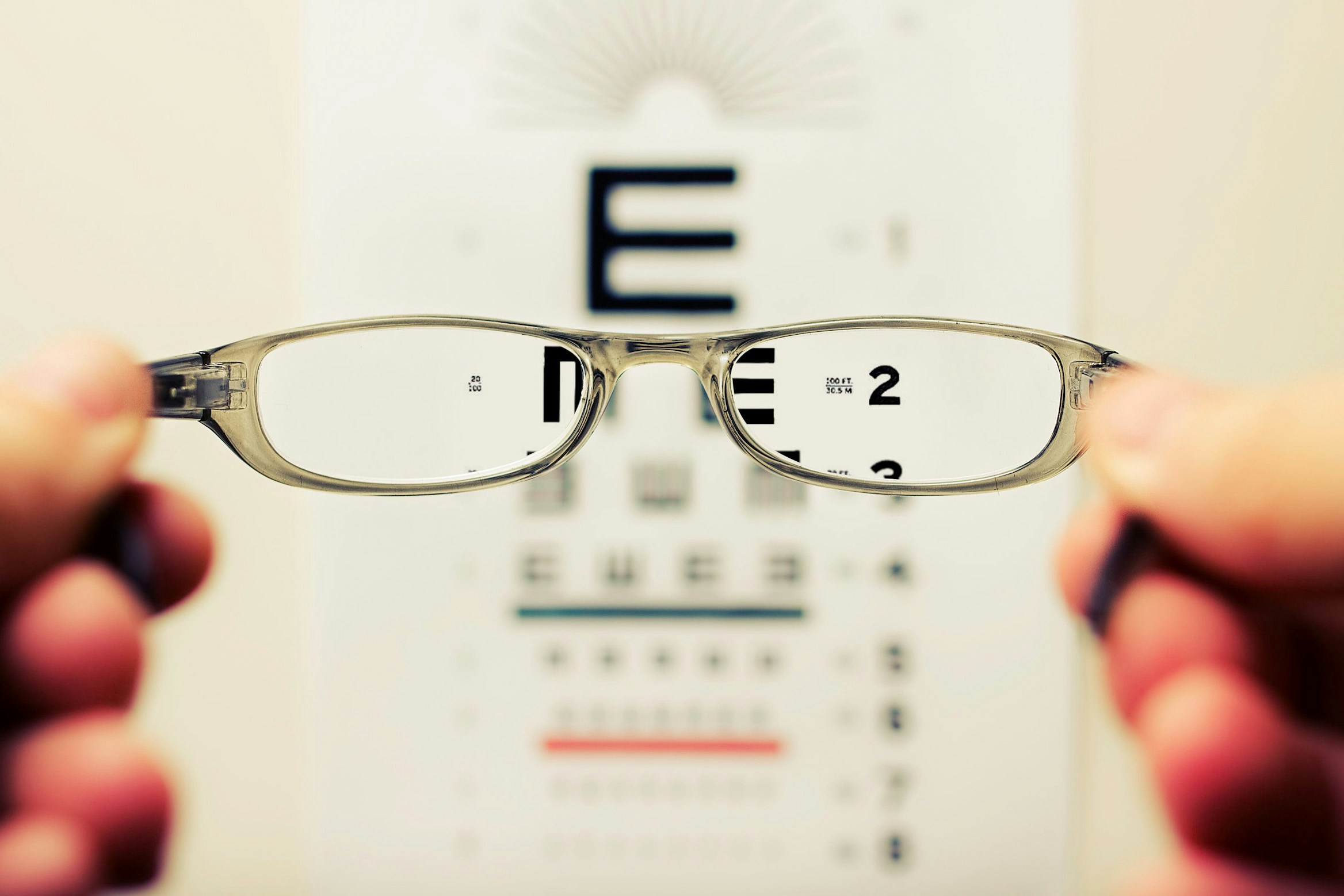Telehealth: How Sales Tax Works
by May 18, 2021
During a pandemic, one thing we can all be thankful for is technology that allows us to speak to a medical professional from the comfort of our own homes. Telehealth services, many covered under medical insurance, provide a way to diagnose ailments and even prescribe medication while everyone stays safely away from large gatherings.
Of course, as soon as a new technology surfaces, regulation is soon to follow. This post will discuss what you should know about sales tax when it comes to offering telehealth services.
What is “telehealth”?
Telehealth is the delivery of healthcare and health information or education through the use of remote services, such as via a video-enabled app.
While stats and studies take time, there is evidence that telehealth was much more widely adopted over the past year due to the pandemic and the danger of venturing to a healthcare provider during COVID. In fact, the CDC reports a 154% increase in telehealth visits in the last week of March 2020 alone.
When we think of telehealth, we might think of speaking to a doctor via video call when your throat is sore or you’ve discovered a weird new mole, but telehealth can involve other tech-forward procedures such as remote patient monitoring (RPM) where a patient uses technology, wearable or otherwise, to transmit data like blood pressure, weight, and glucose levels to a healthcare provider.
Telehealth can also refer to provider-to-provider transactions, such as a general practitioner consulting with a specialist. For this post, though, we will focus on telehealth when it comes to the doctor and patient relationship.
The advent of telehealth is changing how patients visit medical professionals, but what does that mean for sales tax?
Health Services are Generally Non-Taxable
In the U.S. tangible personal property (i.e. items you can see, touch and interact with) are generally taxable, while services, like a doctor visit, are generally non-taxable. This means that in the U.S., a patient generally never pays sales tax on a consultation with a healthcare provider. (Now, whether a patient pays sales tax on medication or medical supplies and equipment is more complicated and does vary from state to state. Read more about sales tax on medical supplies and equipment here.)
Note: Some states have a tax on all business transactions rather than a sales tax on tangible personal property. You can read more about sales tax (or other types of tax) in each state here.
Due to its technological nature, though, telehealth isn’t always so simple when it comes to sales tax.
Technology is Often Taxable
While the actual doctor/patient visit may not be a taxable service, the technology used to facilitate such a visit may be taxable.
For example, some states may consider Software-as-a-Service (SaaS) to be taxable, and this can apply to the software used in a telehealth patient visit. Some states may consider online education taxable, especially if that education comes in the form of a pre-recorded video. So while a doctor/patient visit may be non-taxable in a state, a pre-recorded video seminar about a diagnosis may be considered taxable in that same state.
Further, with telehealth, it’s easy to see patients anywhere – even across state lines. State medical licensing requirements aside, long-distance medical appointments can be a great way to expand a medical practice. However, with each new state in which a doctor or medical practice has patients, there is more chance to establish “sales tax nexus.”
When we think of “internet sales tax,” we generally think of big superstores like Amazon or Wayfair that sell products. But service providers, too, must keep a close eye on where they have established sales tax nexus. For example, say a telemedicine provider sells SaaS licenses to their patients so that they can meet, communicate and access data privately. While the purpose of the software is to provide a medical service, a state that taxes SaaS may still consider the licensing of the SaaS software part of this transaction to be taxable and require that the medical provider charge sales tax to the patient.
Telehealth Can Create Intercompany Tax Liability
Many doctors or healthcare service providers don’t create their own technology. They may license technology from a 3rd party company instead. Again, this can create sales tax issues.
For example, say Doctor Diane licenses the Health!YAY SaaS telehealth app from the Health!YAY Corporation. In a little under half of U.S. states, Health!YAY would be required to charge Doctor Diane sales tax on her license. But then say Doctor Diane charges her patients for their own license. In that case, Doctor Diane becomes a reseller and is required to collect sales tax from her patients. In this case, Doctor Diane can purchase Health!YAY’s SaaS software tax free as long as she presents a valid state resale certificate to Health!YAY when purchasing the software license, and as long as she charges sales tax to her patients when licensing the Health!YAY software to them.
Summing Up Sales Tax on Telehealth
As you can see, sales tax on telehealth is complex. Here’s what telehealth providers need to keep in mind:
- Medical services are generally not taxable
- Technology, such as SaaS software used to provide telehealth services, is sometimes taxable, depending on the state
- Some states have a tax other than sales tax (ex: Gross Receipts Tax or General Excise Tax) and that may apply to telehealth transactions
- Seeing patients across state lines can create sales tax nexus in new states
- Telehealth can create interdependencies between companies when it comes to sales tax
Are you confused about how telehealth and sales tax work? We recommend speaking with a vetted sales tax expert to ensure that you’re collecting the right amount of sales tax, if required, in your telemedicine practice.
Ready to automate sales tax? To learn more about TaxJar and get started, visit TaxJar.com/how-it-works.









